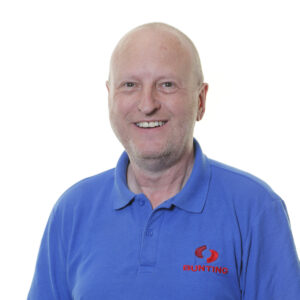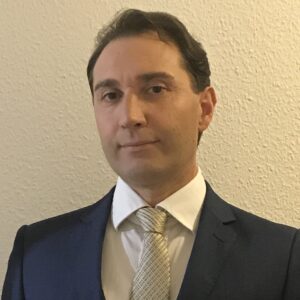
Because both questions and answers will be posted, please make sure to only include information that you are willing to have appear on the site or advise us about which details should not appear.
Please also let us know if there are any other technical areas for which you’d like to see us line up authorities — or if you want to become an expert of RecyclingInside yourself.
Experts are available in the listed categories.
RecyclingInside reserves the right to omit questions. If your question is chosen, it will appear with the Expert answer on the site. Please check back frequently to see the answer to your question and others submitted by people in your industry.
Submit a Question
Please send us your question; we will forward it to the appropriate expert and post the answer as soon as possible. Ask your question here.
Latest Questions
"*" indicates required fields
Latest questions
Machine (preferable mobile) that can open the bales?
What to do with Growing Piles of End-of-Life Tires?
Which Technology Is Better For My Aluminum Sorting?
Payback….
Our experts
Get involved
Upcoming events
Events
- World Future Energy Summit 2026
- 13 Jan, 2026
Abu Dhabi
- World of Concrete 2026
- 19 Jan, 2026
Las Vegas
- IMRC 2026
- 20 Jan, 2026
Jaipur
- ierc 2026
- 21 Jan, 2026
la Vall d'Uixó
- CDRA Conference & Tradeshow 2026
- 27 Jan, 2026
Wesley Chapel









